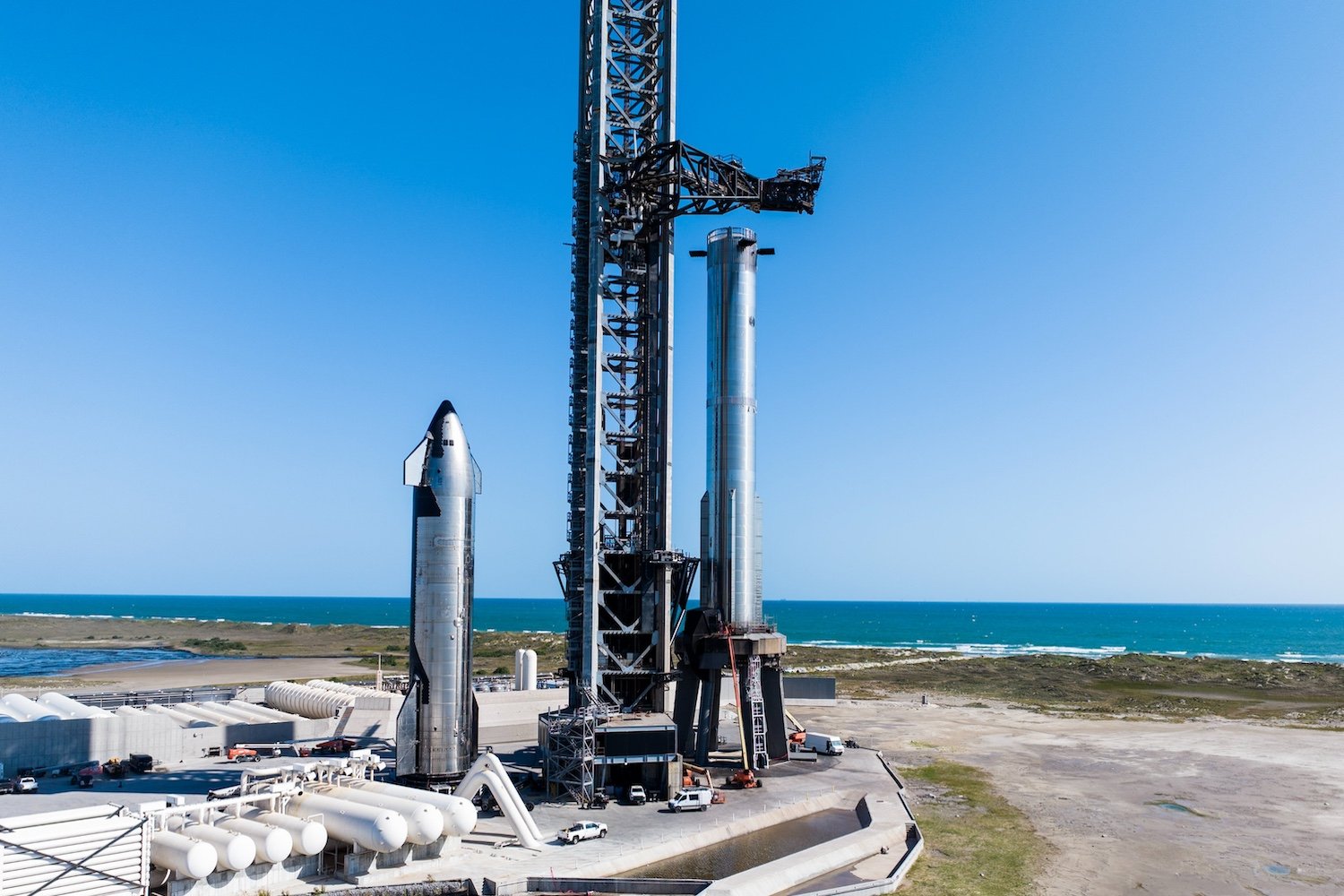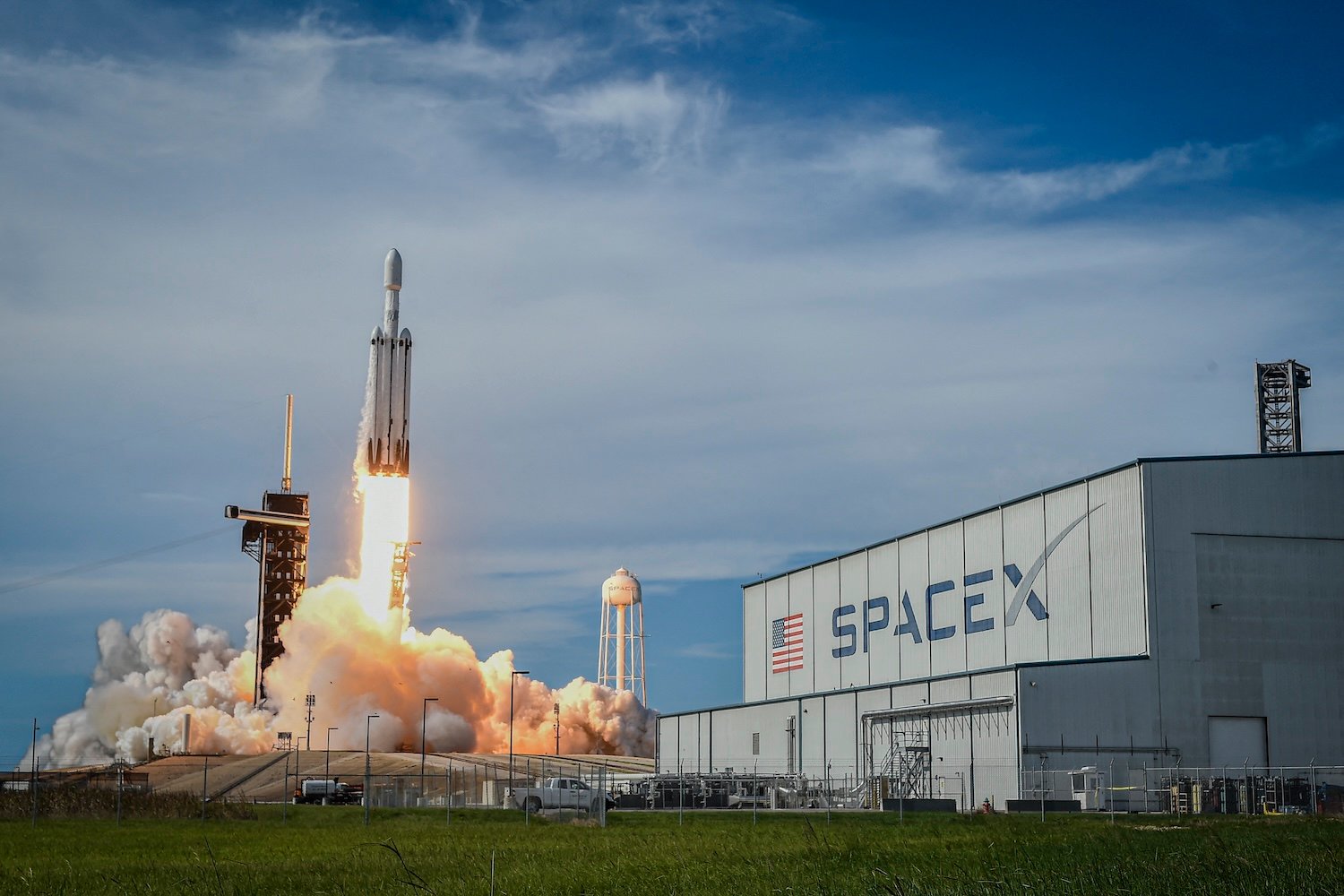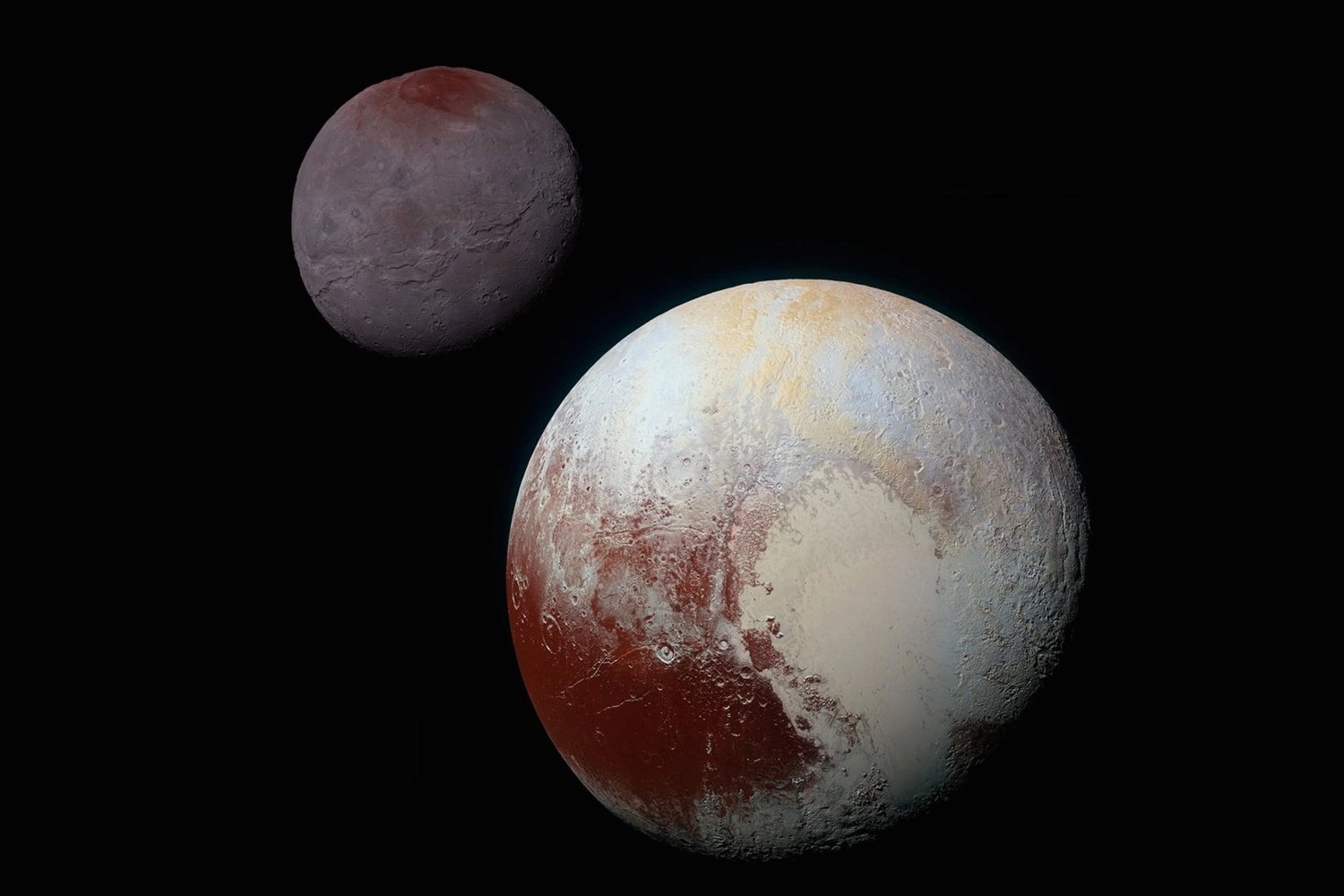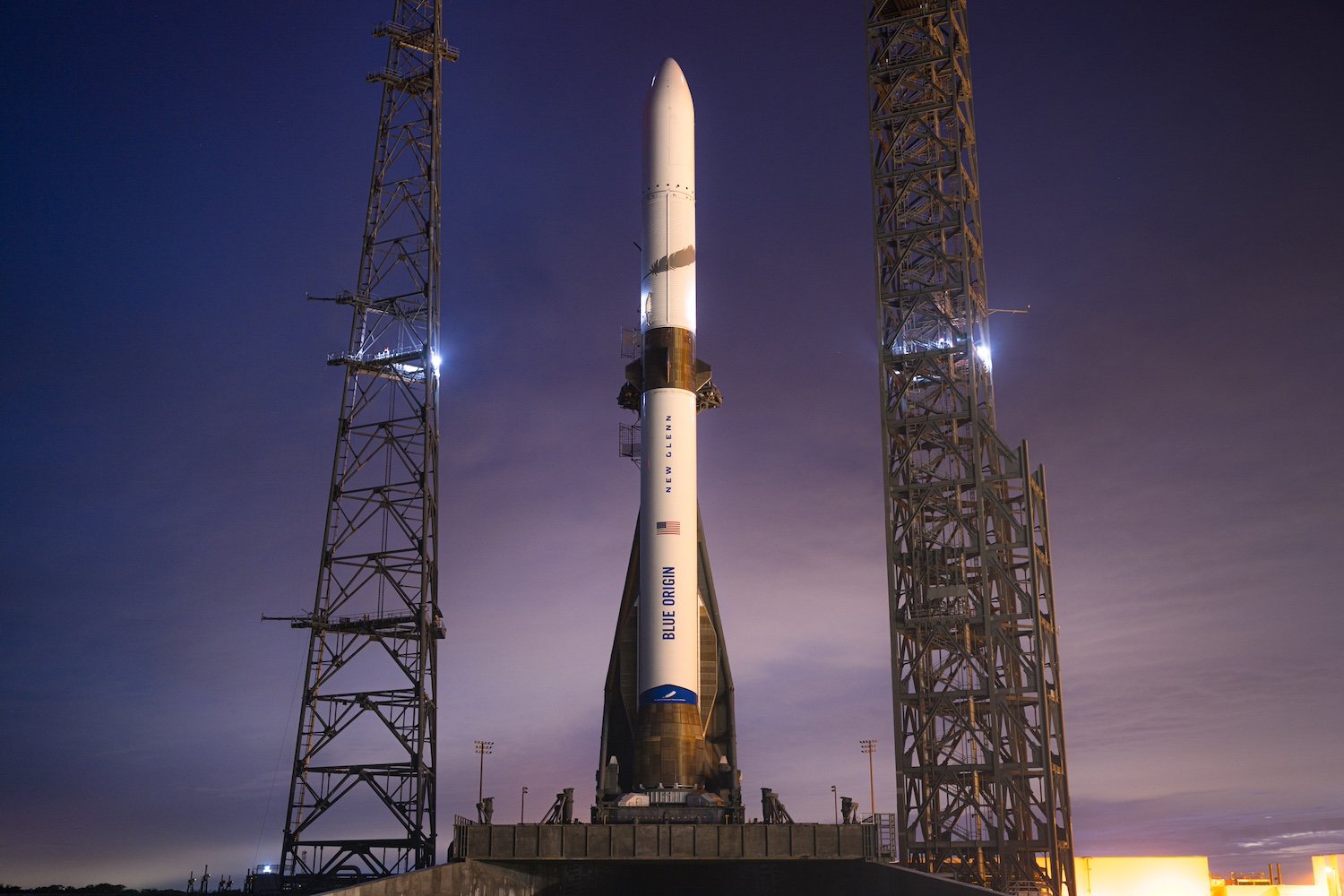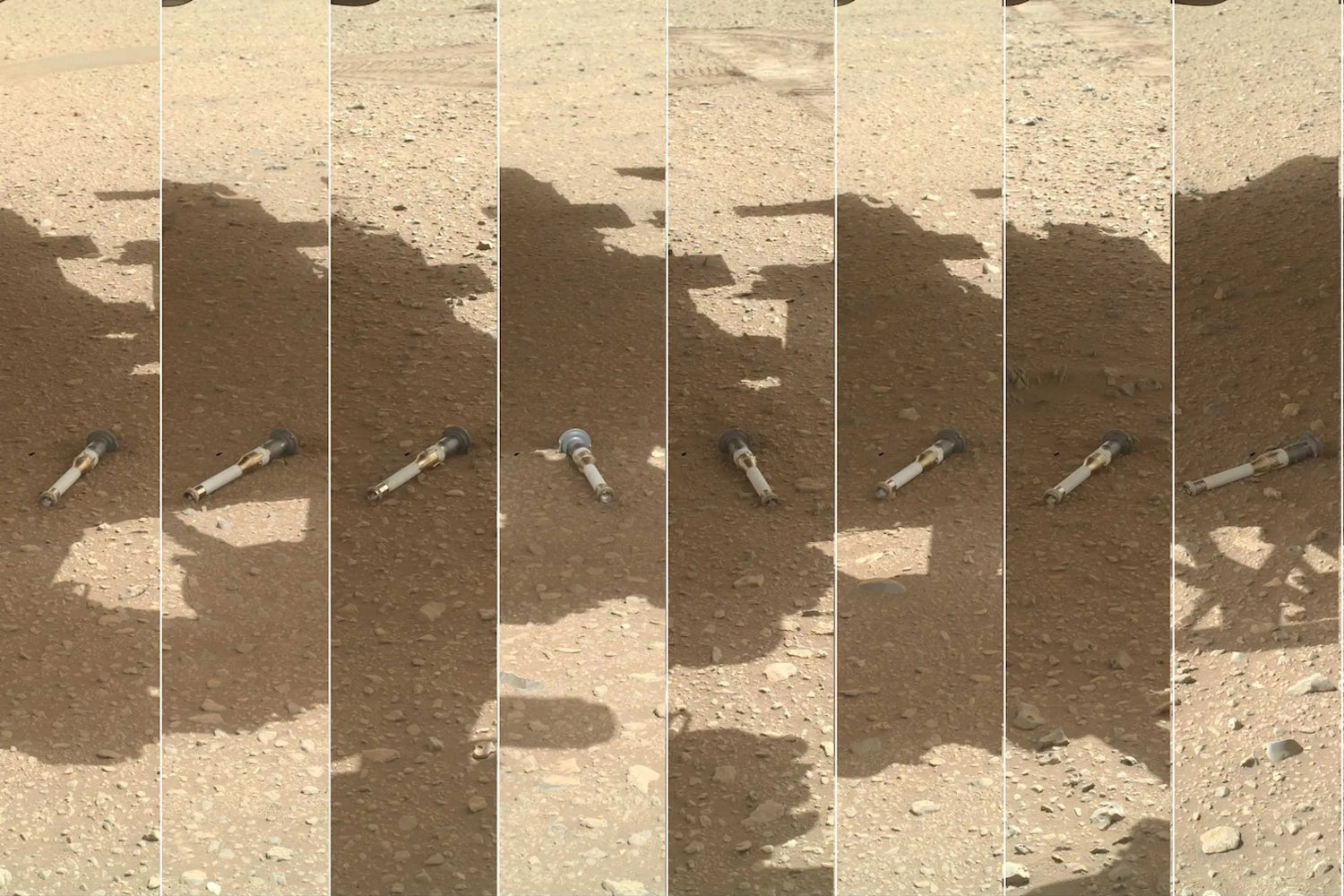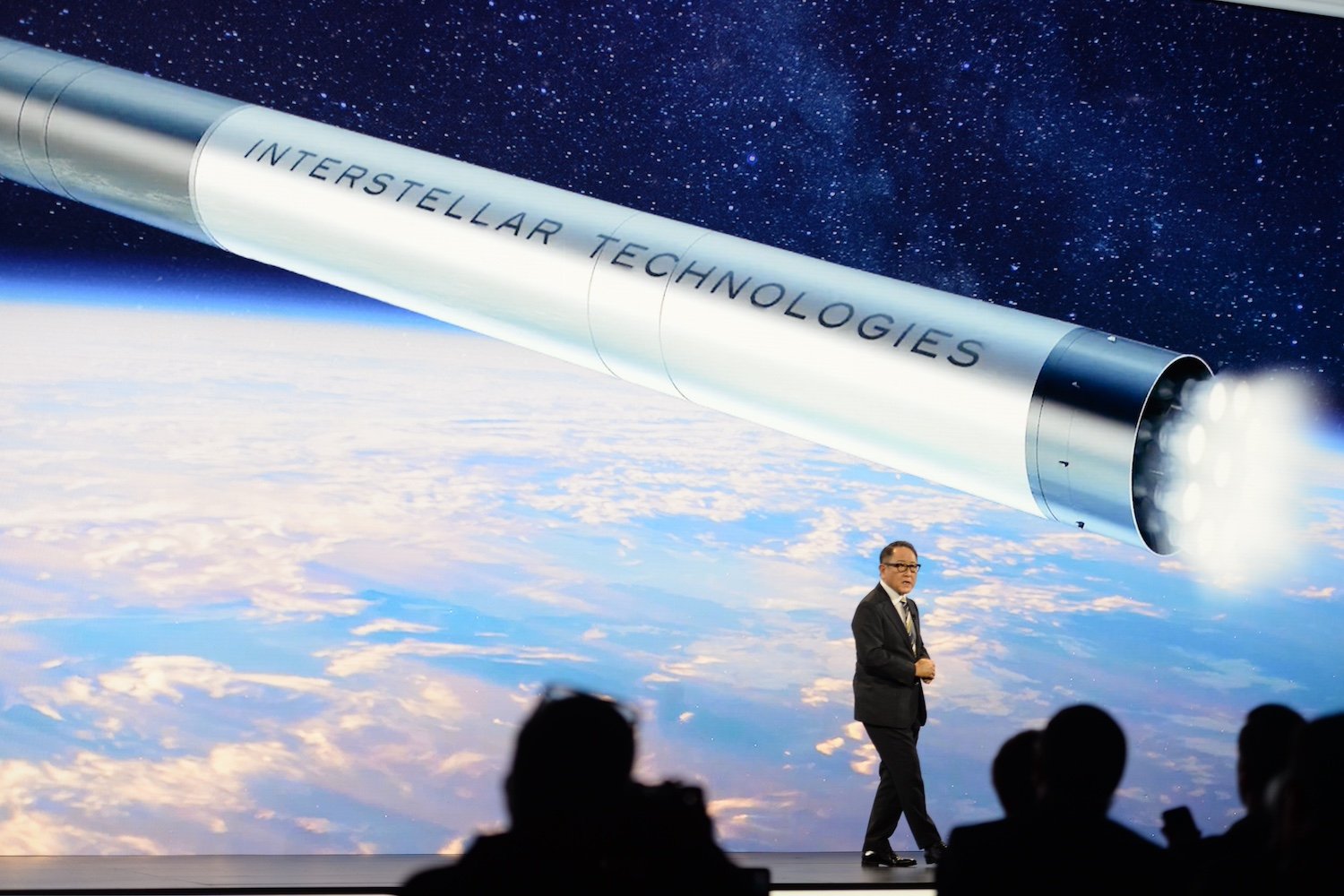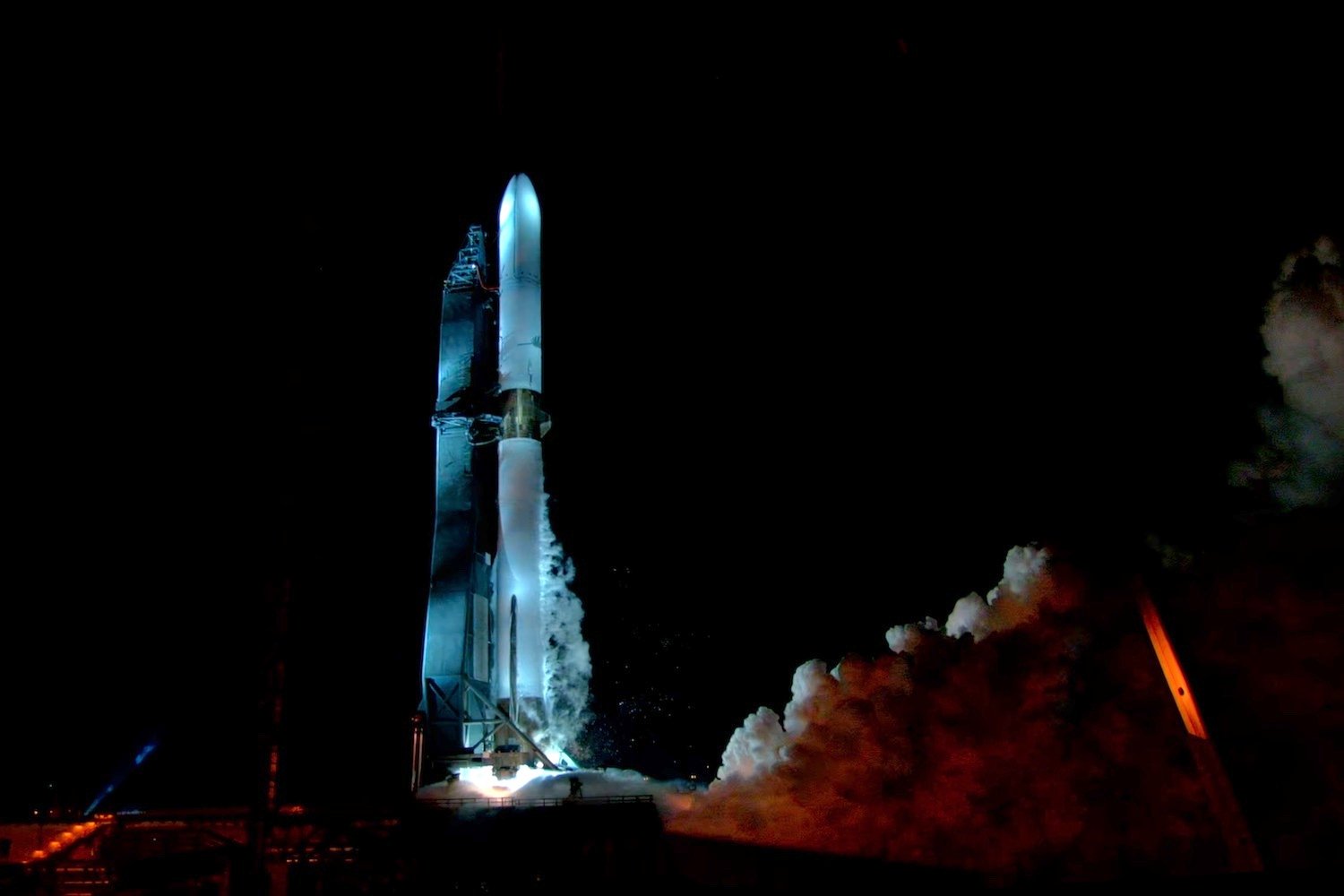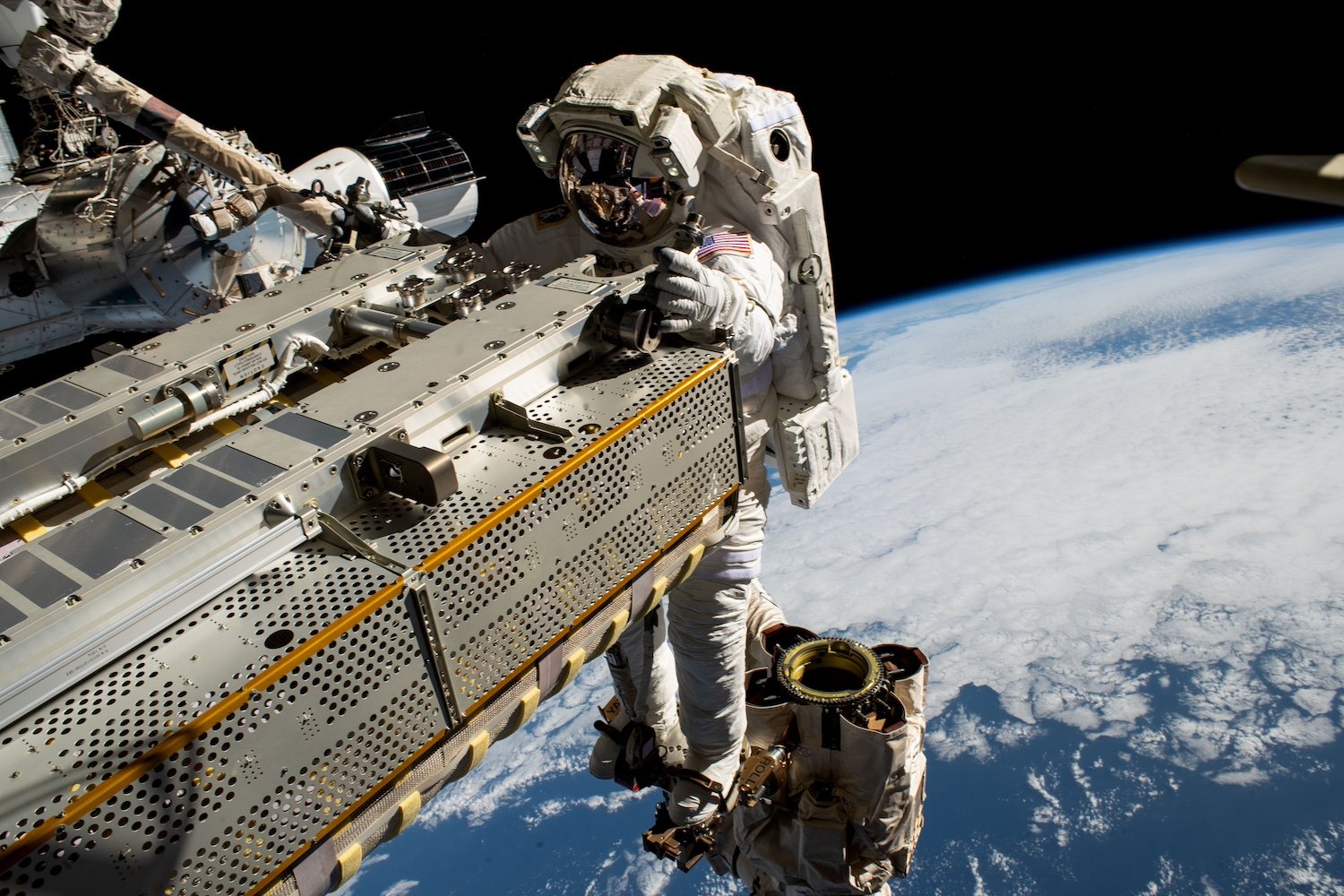SpaceX is preparing for the seventh test flight of its Starship rocket, a crucial mission that will involve deploying Starlink mock-ups for the first time. This upcoming launch, tentatively scheduled for as early as Friday, January 10th, according to SpaceX CEO Elon Musk, promises significant advancements in Starship’s capabilities.
This seventh flight will feature a “new generation” Starship equipped with numerous upgrades designed to enhance reliability and performance. These include a smaller, higher-placed forward flap to mitigate reentry heating, a 25% increase in the propulsion system’s fuel capacity, and improved avionics for enhanced valve control and sensor readings. These advancements are expected to contribute to longer missions and better overall performance.
Furthermore, the Starship’s heat shield has received an upgrade with new tiles and a backup layer for added protection during atmospheric reentry. SpaceX has also completely redesigned the avionics, incorporating a more powerful flight computer and integrated antennas that combine Starlink, GNSS (Global Navigation Satellite System), and backup radio frequency communication functions within each unit.
A key objective of this test flight is the first-ever payload deployment test for Starship. The rocket will deploy 10 Starlink simulators, mimicking the size and weight of SpaceX’s next-generation satellites. While these simulators will reenter the atmosphere on a suborbital trajectory similar to the rocket itself, they won’t remain in orbit.
SpaceX has made remarkable strides with Starship in recent months. The previous test flight on November 20, 2024, was deemed a success despite the decision to forgo a booster catch. The October 2024 test marked a historic milestone, with the Super Heavy booster, standing at an impressive 232 feet (71 meters), being caught mid-air by massive mechanical arms.
SpaceX’s long-term vision involves retrieving and reusing both the Starship booster and its upper stage. Elon Musk has indicated the company’s ambition to catch the upper stage using Mechazilla, the launch and catch mount, sometime in 2025. SpaceX aims for an ambitious launch schedule, with up to 25 Starship launches planned for 2025. The Federal Aviation Administration will hold a public meeting on Tuesday to discuss the feasibility of increasing the number of permitted annual Starship launches.



